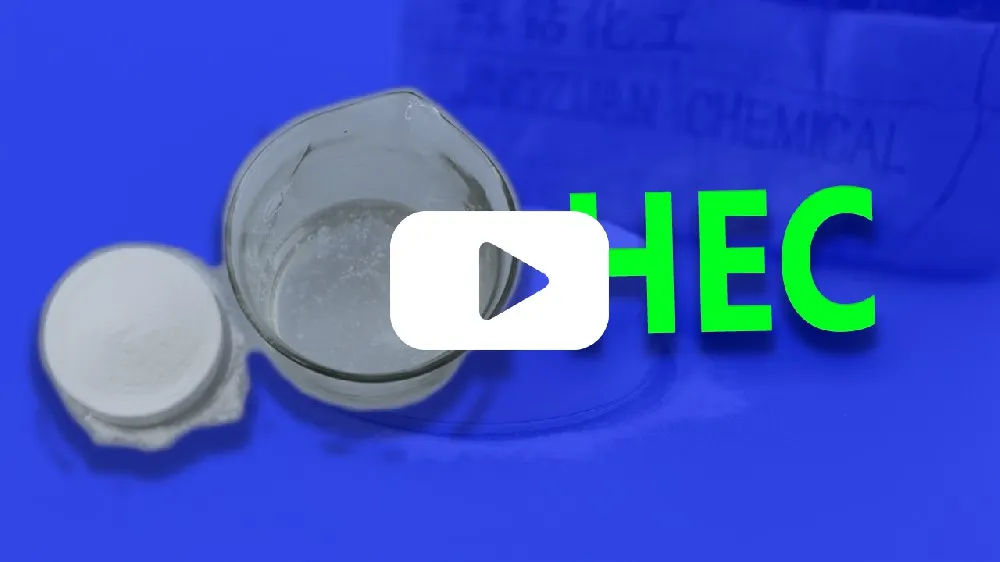
Ago . 15, 2024 14:19 Back to list
Exploring the Benefits of Cement Bonding Additives for Enhanced Strength and Durability in Construction
The Importance of Cement Bonding Additives in Modern Construction
In the world of construction, the integrity and longevity of structures are paramount. One of the essential components that influence these factors is the bonding quality of cement. This is where cement bonding additives come into play. These additives are chemical or mineral substances incorporated into cement mixtures to enhance performance, improve adhesion, and ensure durability in various applications.
Cement bonding additives serve multiple purposes, enhancing the properties of cement and making it a versatile choice for a myriad of construction projects. One of their primary functions is to improve the adhesive properties of cement. Traditional cement mixtures often struggle with bonding to surfaces due to various factors such as dust, moisture, or a lack of compatibility with the surfaces being bonded. By introducing bonding additives, contractors can ensure a more reliable adhesion, allowing for stronger connections between layers and materials. This is particularly important in applications such as tile installation, where a secure bond is crucial for preventing cracking and delamination.
Another significant advantage of cement bonding additives is their ability to improve the overall physical properties of the cement mixture. Many additives are designed to enhance the workability of cement, making it easier to mix, apply, and finish. This is especially beneficial in large-scale projects where time and efficiency are critical. Improved workability often translates to reduced labor costs and faster project completion times. Additionally, certain bonding agents can enhance the compressive strength of cured cement, allowing structures to withstand greater loads and stresses over time.
cement bonding additive

Durability is another critical area where cement bonding additives excel. Structures are constantly exposed to environmental stressors such as temperature fluctuations, moisture, and chemical exposure. Some additives provide enhanced resistance to these factors, thereby prolonging the lifespan of the cement. For example, admixtures containing polymers can help create a more flexible bond that is less susceptible to cracking and structural failure. This increased durability is especially beneficial in regions prone to severe weather or in applications involving water exposure, such as swimming pools and bridges.
Moreover, cement bonding additives can also contribute to sustainability in construction practices. Many modern additives are derived from recycled materials or designed to reduce the overall amount of cement required in a mix. This not only lowers material costs but also lessens the environmental impact of construction projects. As the industry increasingly focuses on sustainable practices, bonding additives that enhance performance while minimizing resource use have become more popular.
The future of cement bonding additives looks promising, with ongoing research and development aimed at creating even more efficient and effective products. Innovations in nanotechnology, for instance, are paving the way for additives that can significantly enhance bonding at a molecular level, further improving the strength and durability of cement mixes.
In conclusion, cement bonding additives play a crucial role in modern construction, contributing to stronger, more durable, and more efficient building practices. As the industry continues to evolve, these additives will remain vital in optimizing cement’s performance, ensuring that structures can endure the test of time and meet the demands of architects and builders alike. As sustainability becomes a more pressing concern, the development of eco-friendly bonding additives will also help shape the future landscape of construction, creating structures that are not only robust but also kinder to the planet.
-
Versatile Hpmc Uses in Different Industries
NewsJun.19,2025
-
Redispersible Powder's Role in Enhancing Durability of Construction Products
NewsJun.19,2025
-
Hydroxyethyl Cellulose Applications Driving Green Industrial Processes
NewsJun.19,2025
-
Exploring Different Redispersible Polymer Powder
NewsJun.19,2025
-
Choosing the Right Mortar Bonding Agent
NewsJun.19,2025
-
Applications and Significance of China Hpmc in Modern Industries
NewsJun.19,2025







